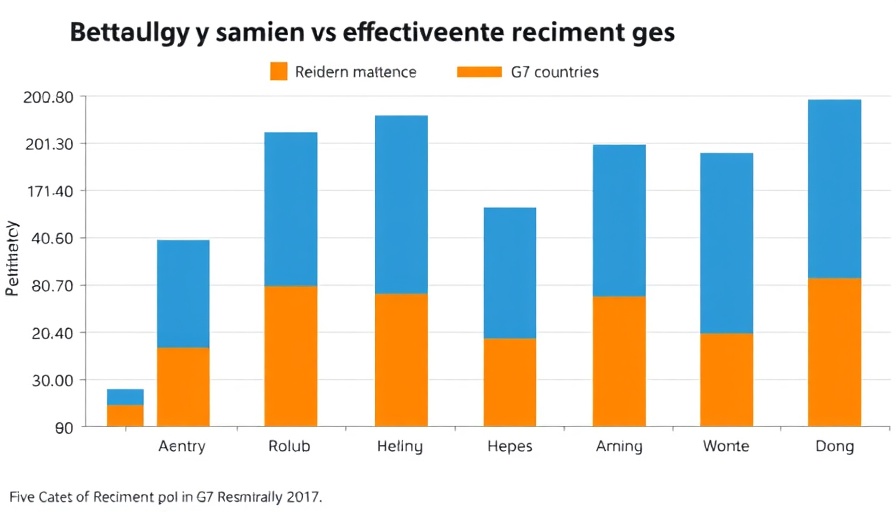
Unlocking the ROI of Fertility Benefits: Why It Matters for Employers
As companies navigate the complexities of employee benefits, fertility care is emerging as a critical area for investment. With staggering costs tied to healthcare and family planning, CHROs and operational leaders are tasked with finding efficient solutions that nurture their workforce while also presenting clear financial benefits. The promise of a comprehensive fertility program is not just employee satisfaction but a reported savings of up to $5,000 per enrolled member through integrated services. Understanding this can redefine how organizations approach talent management.
Challenges of Traditional Fertility Programs
Many financial-only fertility programs fall short, failing to address the nuanced emotional and physical needs of individuals on their family-building journey. This lack of comprehensive support leaves employees feeling undervalued and frustrated, which can ultimately affect retention rates. As companies push for high-performance cultures, addressing these gaps becomes imperative for success. Employers must realize that the $5,000 savings are a fraction of the potential ROI that stems from retained top talent and improved overall employee morale.
Actionable Steps for Implementation
In crafting a benefits program that resonates, findings suggest prioritizing digital-first solutions that cater to whole-person health. This aligns with the need for increased accessibility and support. Employers can streamline their initiatives by adopting a phased approach where immediate, clear communication about benefits is prioritized, allowing employees to receive timely support. This isn’t just a trend; it’s a necessary evolution towards a more holistic view of employee welfare that also prioritizes organizational health.
The Human Element Behind the Statistics
While financial analysis is crucial, it’s the personal stories of employees that often spark change. Investing in fertility benefits translates to a deeper commitment to workforce well-being, which resonates throughout the corporate culture. Employees equipped with true support systems are more likely to engage, perform, and thrive. Each employee’s experience contributes to an organizational narrative where every member feels supported in their personal journey.
A Call to Action for CEOs and CHROs
With a rapidly changing labor landscape, organizational leaders must harness the power of comprehensive fertility benefits to not only retain talent but to foster a thriving workforce. Embracing this shift is not merely about improving statistics but about reimagining employee experiences and investing in their future. As the conversation about fertility benefits continues to evolve, let’s take bold steps toward supporting employees holistically. Empower your team to share their journeys and advocate for comprehensive solutions that genuinely reflect the needs of your service.
 Add Row
Add Row  Add
Add 




Write A Comment